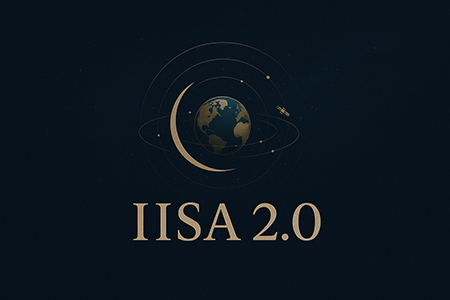Hundreds of thousands of Afghan refugees in Europe, Pakistan and Iran are being forced to return to their country of origin by the European Union (EU), UN agencies and governments in the region. The flow of returning refugees from neighbouring Iran and Pakistan is estimated by the United Nations to number more than half a million. Between 1st July and 15th October, 370,000 refugees returned to Afghanistan.
Earlier this month, the EU reached an agreement with the Afghan government to speed the return of Afghan refugees who have been denied asylum in Europe. However, the situation and dangers which caused displacement of refugees from Afghanistan have not improved in any way; as 1.1 million Afghans remain internally displaced by existing conflict with the Taliban. The EU is likely to accept many Syrian refugees as it considers Syria a war zone; however, it does not have the same consideration for Afghanistan.
According to the UN, many refugees have experienced harassment by Pakistani authorities as relations with Afghanistan have deteriorated. Both countries accuse each other of harbouring hostile militant groups, and Pakistan has blamed Afghan refugees for taking part in acts of terrorism.
Returned Afghan refugees are likely to experience great difficulties in the severe winter months approaching Afghanistan. Under Winter conditions, essential supplies are harder to obtain; as Kabul’s efforts to defend major cities and pay for army upkeep leave it unable to also provide necessary resources to help refugees.
